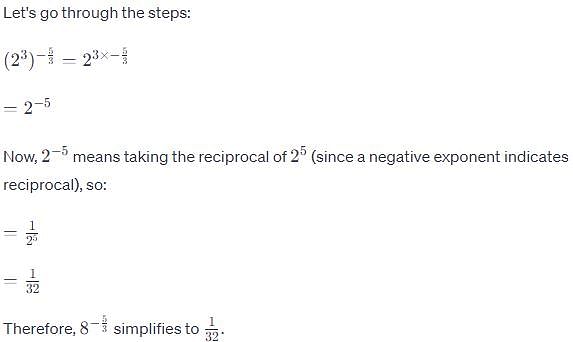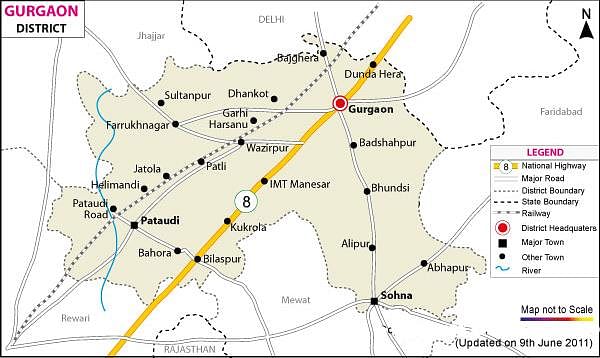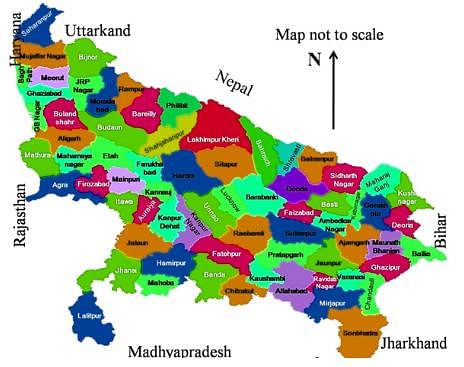Indian Army Group C Mock Test - 8 - Indian Army Group C MCQ
30 Questions MCQ Test Indian Army Group C Mock Test Series 2024 - Indian Army Group C Mock Test - 8
Directions to Solve
In each of the following questions find out the alternative which will replace the question mark.
Question -
Corden : zrogbq :: ? : pxivro
Direction: In these Questions, Out of the four alternatives choose the one which can be substituted for the given words/sentence.
Severely abusive writing in journals
Directions: In the following question, a sentence is given with a blank. You have to fill the blank with one of the words given as options in order to make the sentence contextually and grammatically correct.
Heavy rain and hail as big as tennis balls were also possible as forecasters said the weather _______________ was expected to continue.
Direction: In the following question, the sentences have been given in Active/ Passive Voice. From the given alternatives, choose the one that best expresses the given sentence in Passive/ Active Voice.
Some people were helping the wounded woman.
Directions: A sentence is given here with a blank and you need to fill the blank choosing the word/words given below. If all the words given can fill the blank appropriately, choose ‘All are correct’ as your answer.
The ship is uncrewed on this occasion, but if it completes the current flight without incident, astronauts will be on the next _______________ in two years' time.
I. Cruise
II. Expedition
III. Outing
Fill in the blank with the correct option.
Susan goes to the beach whenever she can. She _______ misses a chance to go to the ocean.
Direction: Choose the segment of the sentence that contains a grammatical error. If there is no error, mark 'No error' as your answer.
The number of containment zones were (A)/ 715 in Delhi by the end of July, (B)/ affecting nearly 3.5 lakh people. (C)/ No error (D)
Motivating employees with traditional authority and financial…(11)….has become increasingly…(12)… as employees become economically secure and their dependency on any one particular organisation…..(13)…. . According to expectancy theorists, the motivation to….(14)…increases when an employee feels his…(15)… is an instrument for obtaining desired rewards. Nevertheless, in many organisations today employees are….(16)… to organizational rewards just by being employed. Unions, governmental regulations, and the nature of the job itself in some cases…..(17)… management from …..(18)… financial rewards to performance. People may be attracted to join and remain in organisations to receive organizational rewards, but…(19)…motivated to join an organisation is…(20)..the same as being motivated to exert effort in an organisation.
Q. Find the word most appropriate for Blank No. 14
Select the correct direct form of the given sentence.
The gentleman told me that he had met me somewhere.
The HCF of two numbers is 23 and the other two factors of their LCM are 13 and 14. The larger of the two numbers is :
Manish travels a certain distance by car at the rate of 12 km/h and walks back at the rate of 3km/h. The whole journey took 5 hours. What is the distance he covered on the car?
The difference between a number and 12.50% of the same number is 252. What is 44.44% of the number?
A man bought 17 articles for Rs. 480 each, 15 articles for Rs. 600 each and 18 articles for Rs. 900 each. What is the average cost price per article?
Suraj can complete a work in 60 days. In how many days can he complete 80% of the work with 75% of his efficiency?
If the diagonals of rhombus are 6 cm & 8 cm, its area will be
What is the milestone achieved by the Bombay Stock Exchange (BSE) market capitalization?
There are two statements, one labelled as Assertion (A) and the other labelled as Reason (R):
Assertion (A): India is now more aware of its own capabilities and the expectations that the world has of India.
Reason (R): One of the reasons is that India’s policy of Non-Alignment has turned into Multi Alignment.
Choose the correct option:
Which of the following National Parks is situated in Gurgaon District?
Constituencies called ‘wards’ are made for the election to
Which of the following districts of Uttar Pradesh touching the boundary of Haryana state?
1. Saharanpur
2. Shamli
3. Bagpat
Find the right code given below.
Which bank announced a $250 million lending support for start-ups and 'new economy' companies in India?
Where was the 1931 session of Indian National Congress held?
Which one of the following fundamental rights is called the heart and soul of Indian constitution?
The Planning Commission has defined the poverty line on the basis of recommended nutritional requirement of ____ calories per person per day for urban areas
What are the core values of Indian Foreign Policy?
A. Blend of idealism and realism
B. Value of Tolerance
C. Anti-imperialism and anti-colonialism
D. Territorial Expansion
E. Neighbourhood First Diplomacy
Choose the correct answer from the options given below:






























